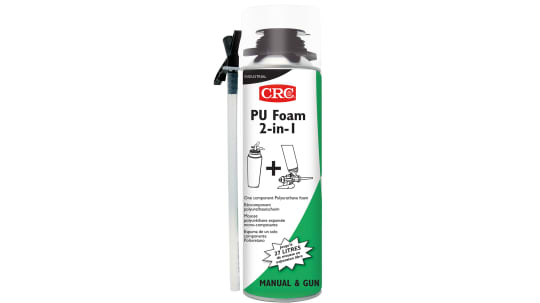
Extensible Joist Aislado Con Borde Espuma De Aerosol De Aislamiento Foto de stock y más banco de imágenes de Aislante - iStock

Espuma de poliuretano 600BdFt, Kit de aislamiento en aerosol de tiro lento, a la venta| | - AliExpress

32516 | Espuma de poliuretano Verde CRC PU Foam 2-in-1, Aerosol de 500 ml, para Relleno, fijación, aislamiento, modelado | RS

Aislamiento Térmico Y Bañera Con Espuma De Aerosol Foto de stock y más banco de imágenes de Poliuretano - Poliuretano, Espuma, Aislante - iStock

Tradineur - Spray de Espuma Poliuretano - Bote de 300 ML - Bote para relleno, sellado, fijación - Aislamiento térmico, acústico

Spray adhesivo extra fuerte (500 ml) para aislamiento de espuma acústica. : Amazon.es: Bricolaje y herramientas

Espuma expansiva PU relleno de vacío aerosol grieta lata enlace expansión aislamiento 2999 500M | eBay

![▷ Espuma de POLIURETANO proyectado - VENTAJAS [2020] ▷ Espuma de POLIURETANO proyectado - VENTAJAS [2020]](https://bricovel.com/blog/wp-content/uploads/2019/10/espuma-de-poliuretano.jpg)











![▷ Espuma de POLIURETANO proyectado - VENTAJAS [2020] ▷ Espuma de POLIURETANO proyectado - VENTAJAS [2020]](https://bricovel.com/blog/wp-content/uploads/2019/10/espuma-de-poliuretano-penosil.jpg)




